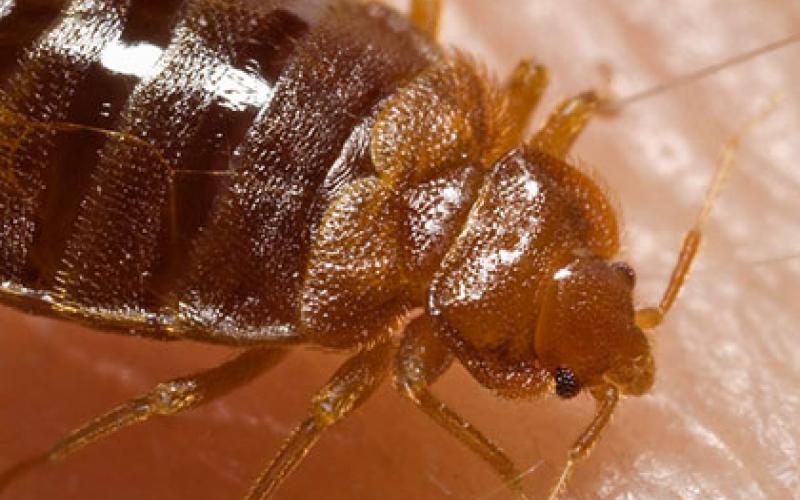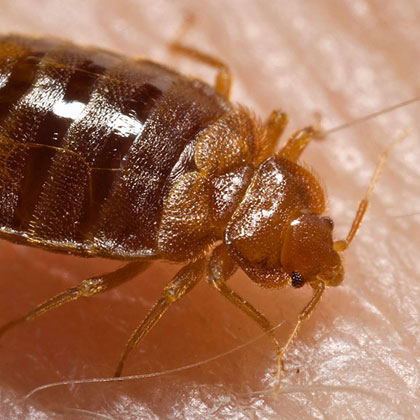Battling bed bugs: Over-the-counter foggers are ineffective

Battling bed bugs: Over-the-counter foggers are ineffective
The do-it-yourself approach to bed bug control may be causing more harm to the indoor environment than good.
Original Paper
Jones, Susan C. and Joshua L. Bryant, "Ineffectiveness of Over-the-Counter Total-Release Foggers Against the Bed Bug (Heteroptera: Cimicidae)," Journal of Economic Entomology, 105 (2012), 957-963. DOI: http://dx.doi.org/10.1603/EC12037
Hwang, S.W., et. al., "Bed bug infestations in an urban environment," Emerging Infectious Disease Journal, 11(2005), 533-538.
Romero, A., et. al., "Insecticide resistance in the bed bug: a factor in the pest's sudden resurgence?" Journal of Medical Entomology, 44 (2007), 175-178.
Bed bugs (Cimex lectularius L.) became increasingly commonplace worldwide during the past decade due to factors such as increased international travel, historic changes in pesticide availability, and the public's lack of awareness in the transference of bed bugs. Likewise, the use of over-the-counter (OTC) total-release pyrethroid-based foggers, often referred to as "bug bombs," also increased in demand as a low-cost alternative to professional pest management services.
Though such OTC foggers have been on the market for over half a century, the study conducted by a pair of researchers at Ohio State University is the first of its kind in examining the efficacy of such consumer products in eliminating pest infestations. The effectiveness of OTC foggers against bed bugs is further compounded by the fact that resurgent bed bugs in the "wild" evolved a mutation that causes pyrethroid resistance. In other words, they are the descendants of bed bugs that survived onslaughts of DDT during the mid-20th century.
The researchers collected "wild" bed bugs from residences in Columbus, Ohio and compared the effects of pesticide exposure to a laboratory control group of bed bugs lacking the pyrethroid resistance gene. They observed little to no adverse effects from the field-collected bed bugs within a 7-day period following 2-hour direct and in-direct exposure to three commonly sold OTC foggers. One of these products specified bed bugs as a target pest whereas the other two products targeted crawling and flying pests in homes and did not list bed bugs on their labels. Nonetheless, regulatory requirements in many states indicate that only the site (e.g., indoors), not the particular pest, has to be specified on the label.
The control group exhibited high mortality rates when directly exposed to the OTC foggers, but virtually no mortality when provided with a single layer of light-weight cotton broadcloth fabric for hiding underneath to avoid the insecticides. The control group further validates true field conditions, where a majority of bed bugs hide in protected areas where they easily escape from insecticidal mist of the OTC foggers. Although one product targets bed bugs and claims "kills on contact," the study shows these bugs remained unaffected with no long-term adverse effects.
Future evaluations of bed bug population dispersals are crucial to developing better control methods. The authors are concerned with consumers wasting money on ineffective products. Affected residents run the risk of delaying the call for professional control, exacerbating the bed bug population, and unnecessarily being exposed to insecticide residues while escalating pyrethroid resistance in bed bugs as well as other insects that may persist in the same area. The study concludes that OTC foggers should not be recommended for control of bed bugs due to the high level of pyrethroid resistance exhibited in current bed bug populations and the inability of the pesticide to be delivered to typical bed bug harborage sites.




